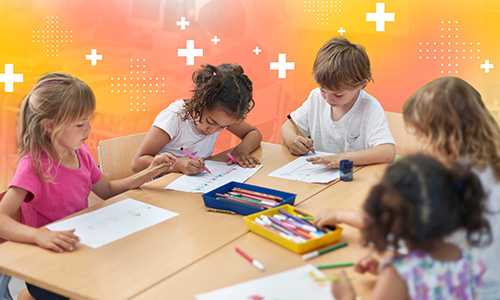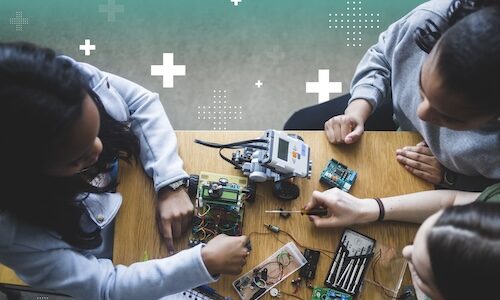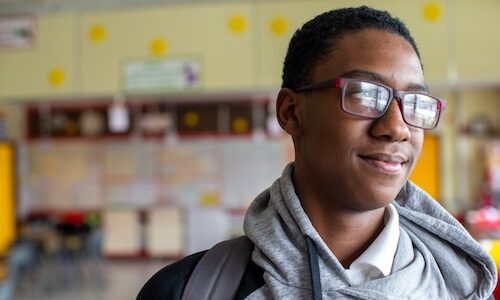 Goal setting is a hot topic in education. Being a curious fellow, I wondered what the substantial 45-year body of research on the topic of individual goal setting and its impact on task performance might tell educators so that teachers could set goals and reap benefits to improve student learning.
Goal setting is a hot topic in education. Being a curious fellow, I wondered what the substantial 45-year body of research on the topic of individual goal setting and its impact on task performance might tell educators so that teachers could set goals and reap benefits to improve student learning.
It turns out that effective goals have two significant characteristics: specificity and difficulty. In general terms, having a specific goal that clearly states what is to be achieved is better than a goal that simply says “do your best.” For simple tasks, goals specifying measurable outcomes to be achieved can be effective. Clearly, though, educating students is not a simple task. As tasks become more complex, learning goals are significantly better at improving performance. A learning goal is a specific goal for a person to learn how to do something new or better that will result in a better outcome. A specific learning goal might be: “Implement ten new formative assessment techniques by June 1 that were modeled in our school’s professional development program.” Learning goals are not only significantly more effective at improving teacher and principal performance, but they also help improve overall organizational performance as well.
The difficulty of the goal also matters. Difficulty here is not on an absolute scale, but is determined by the perception of the individual. Research has not provided a precise way to define the optimal difficulty, but we can envision finding an appropriate difficulty level by using peer performance or historical data. If a teacher sets a goal that all his or her students will show some specific level of growth this year, and peer performance indicates that 95% of teachers meet this goal, then the goal may be too easy. A good question might be: “Can you envision a way to achieve this goal?” For example, if a teacher struggles to see a path to success, then the goal may be too difficult. In a study under review prior to publication, Masuda, Locke, and Williams found that if the overall goal is written so that it combines both student outcomes and learning goals together, it’s the overall difficulty of the goal combination that matters. Teachers must believe that the attainment of the goal is a challenge but not overwhelming if students are to benefit.
What are the bottom line implications for us? Shift the focus of educator goals away from numerical targets. Instead, figure out in your schools what are those few things that educators need to do better to enhance student learning. From there, set challenging goals for people so that they learn to do these few things really well.
—
Photo credit to Adam Kubalica.







